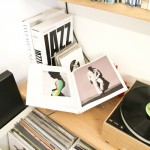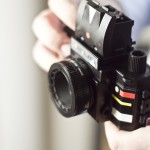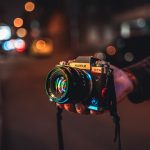Can you believe that even five or six years ago, digital cameras were all the rage? Now we simply have our smartphones which do all the work for us – no need for anything else. Unless you are a professional photographer who needs hyper-focus lenses for work, in which case you may still have a digital SLR which you use often, the chances are you take most of your photographs on your phone. Companies like Samsung and Apple have gone to great lengths to make their smartphone cameras second to none, ensuring that the only camera you will need when you’re out and about is already in your pocket.
So what’s the deal with analog photography? You might remember, if you are old enough, that all cameras used to operate using film. Each film canister had a limited number of shots you could take, and after that would have to be dropped off at a developer to be exposed in the correct conditions. Then the photos would be returned to you in physical form. No? Nobody remembers this? It wasn’t that long ago, people! Anyway… Believe it or not, analog photography is still alive and well, despite the existence of much more efficient cameras nowadays. So why is film photography still so popular, despite its inefficiencies? In this blog, you’ll learn about why analog photography remains sacred, and why you should take it up as your next hobby.
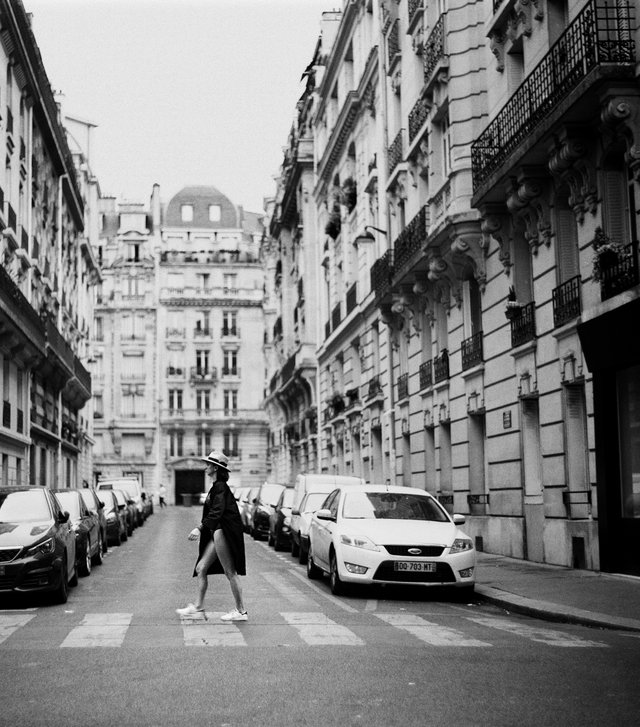
Understanding Film Photography
If you love taking photographs, you will love the beauty and elegance of film photography. This medium involves being mindful about the shots you take, because of course, each shot uses up film – even if you mess it up! This means paying more attention to the lighting, composition and colours in the picture, which will create beautiful shots you can treasure forever.
British film photographer George Muncey said in an interview, ‘I also am just a strong believer that photography exists best in print, whether it’s in a book or on a wall.’ This sums up the beauty of film photography in its greatest forms. Photographs used to solely exist in print; now they almost entirely exist digitally. Modern analog photography is bridging this gap, creating meaningful moments and experiences for photographers, while preserving the craft of film photography in the modern day.
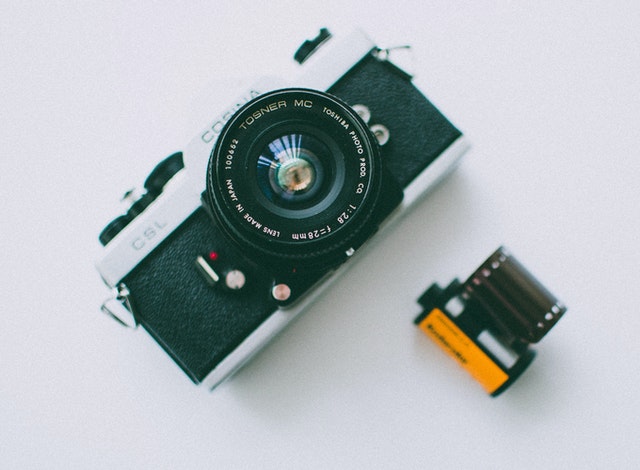
Why Try Film Photography?
You might be thinking, ‘This sounds nice, but so what? I just take photographs to make memories.’ For most people this is true. Yet film photography in the modern day supports this – you don’t have to lug around huge, ancient cameras in order to have fun with film photography. Here’s a breakdown of why film photography is an awesome medium which can boost your creativity, even if you aren’t yet passionate about photography.
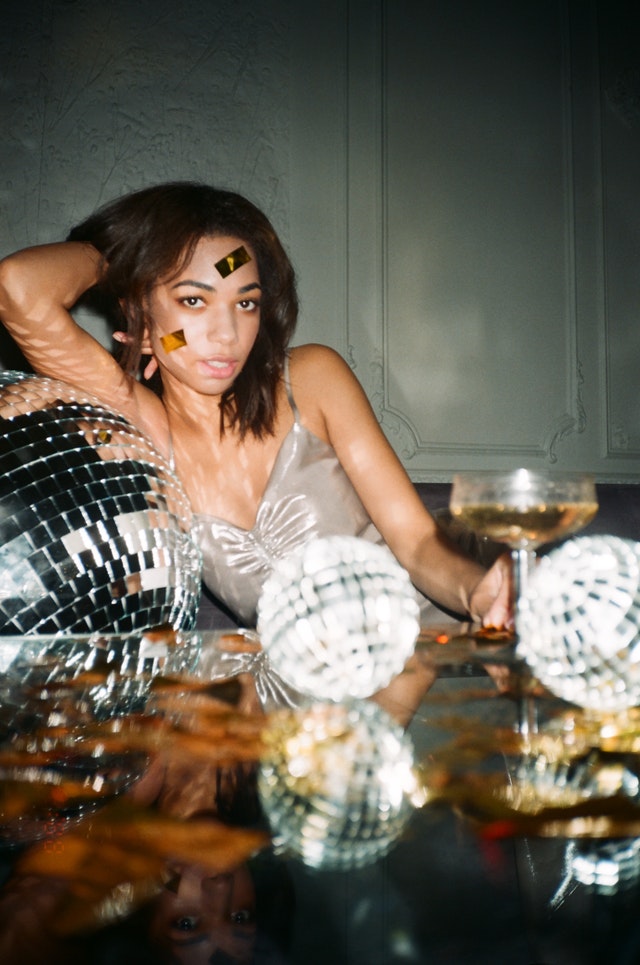
- Experimenting With Light
One thing that film photography heavily relies on is light. If there is too much light travelling through the lens when the photo is taken, the film will be over-exposed, meaning that the photo can appear bleached and without detail. If there is too little light, the photo will not be clear either. So when you get into the nitty gritty of film photography, you can experiment with the functions of the camera which help let in the right amount of light. Some film photography fanatics purposefully over or under-expose their photos to create cool effects, kind of like a natural Instagram filter!
- Waiting For Results
In the contemporary technological world, we seem to have lost the art of waiting to see how things turn out. With film photography, this discipline is returned. Instead of taking a photograph and immediately checking how we look in it, you are forced to wait until the whole roll of film is finished and developed to see the results. This brings the joy back into taking pictures of loved ones and landscapes – and even ourselves – because we aren’t just focused on seeing ourselves in the photo, but in the moment itself.
- Digital Availability
Film photography in the 2010s has developed a long way since before the internet existed. Now, most reputable film developers will offer a scanning service, meaning you can access your film photographs digitally as well as physically. This means that you can still post your photographs to Instagram and send them to friends and family, even if they were taken on an analog device.
This also means you can share your photos in all the innovative, fun ways you can share photos in the modern day. You can send your analog photographs to Pixa Prints and have them made into a fun mouse mat or phone case; or you can still post them to your grandmother in a sweet envelope. Whatever your style, you can do it with film photography.
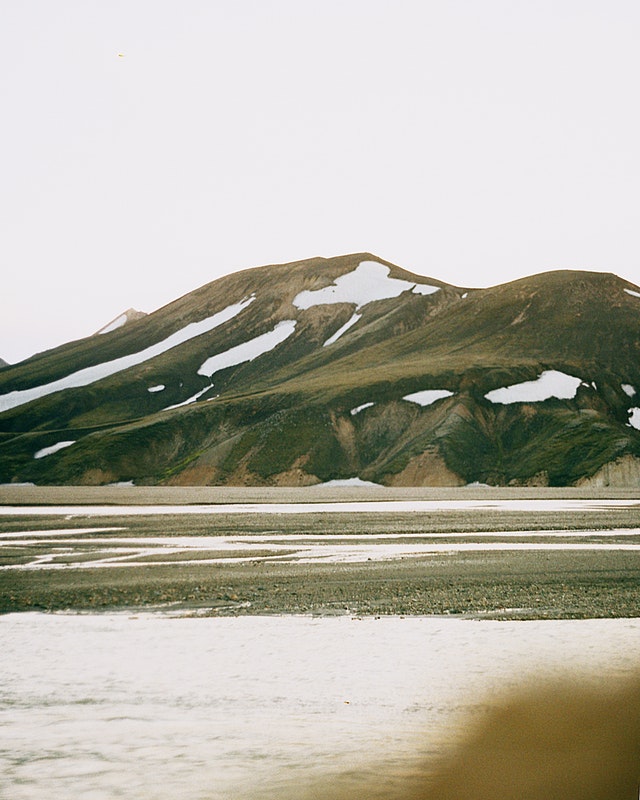
What Camera Should I Buy?
There are two distinct types of 35mm film cameras: SLR and point-and-shoot.
- An SLR is a completely analog camera which does not need batteries to function, although it will need them if you want to use the light meter. SLRs need to be manually focused and adjusted to suit the light conditions. This is a more technically specific camera which might involve more trial-and-error, but the chances are you will take more beautiful and high quality photographs with an SLR!
- A point-and-shoot is an updated version of an SLR. Battery powered with a built-in flash, you literally just point it at the object, and click. These are auto-focus, auto-lit and are smaller and more compact too. These are great for simple memory-making, not studied, carefully curated shots.
Final Thoughts
If you want a new hobby that can enhance your passion for taking great pictures while testing your creativity, film photography is for you. Make sure to utilise all the available free resources online, such as YouTube tutorials and reviews, so you can be a self-taught film photographer in no time at all!

